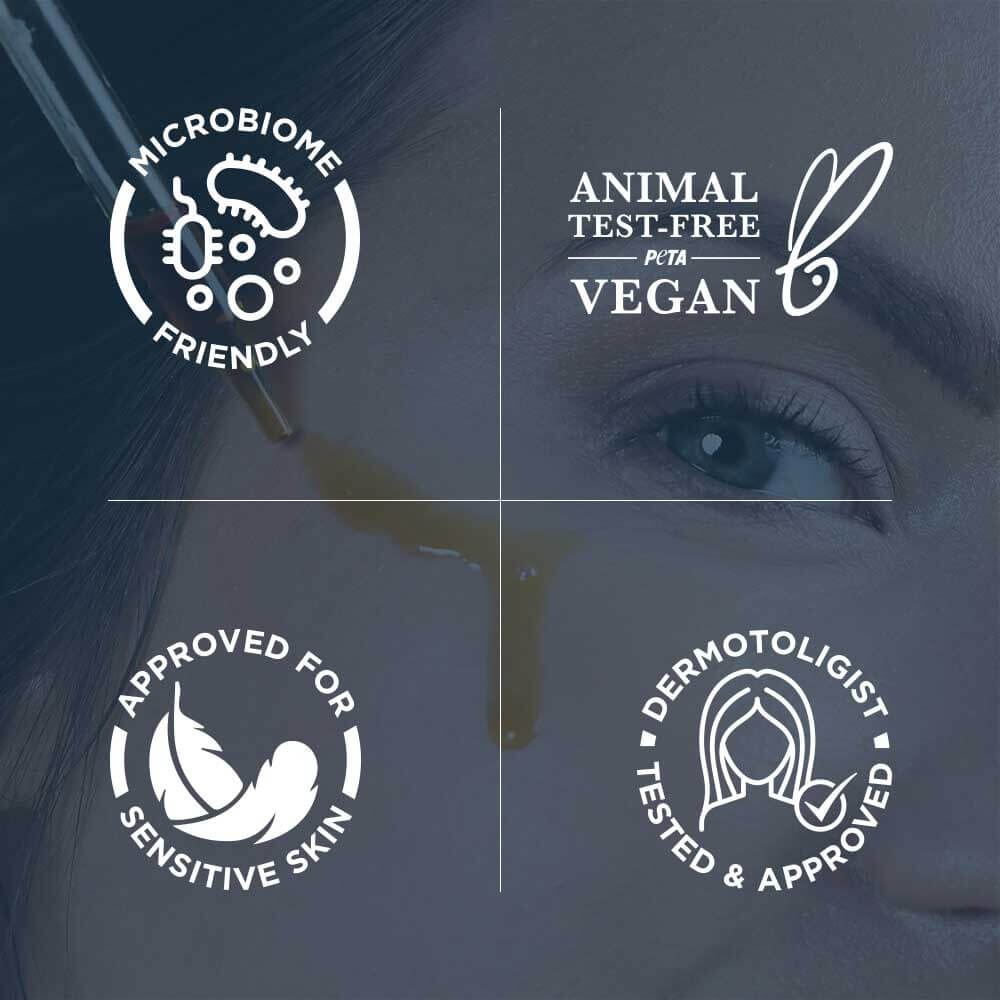Identifying The Culprits Behind Acne
There are four factors that are thought to cause acne development and persistence.
- Sebum Overproduction: The sebaceous glands' excessive secretion of sebum, contributes to the development of acne lesions.
- Keratinocyte Proliferation: The overgrowth of keratinocytes within hair follicles, which serve as a protective barrier against environmental influences, can contribute to the formation of acne.
- Proliferation of Harmful Bacteria: Notably, the presence of bacterial strains such as Propionibacterium acnes, which do not typically inhabit the skin, can lead to acne emergence.
- Inflammatory Responses: The skin's microbiome can induce inflammation, further exacerbating acne, particularly when there is an overgrowth of P. acnes that stimulates an inflammatory response.
Additionally, acne has been associated with decreased diversity of different types of protective bacteria, including Cutibacterium acnes. Loss of diversity of these types of bacteria can cause the skin microbiome immune system to activate, causing inflammation and over-secretion of sebum - two main causes of acne.
The Connection Between Acne And The Skin Microbiome

Bieber, T., Bieber, S., Dréno, B., & Seité, S. (2015). THE SKIN MICROBIOME IN PATIENTS WITH ACNE VULGARIS.
This pie chart shows the composition of the skin microbiome of people with acne (left) and a healthy microbiome (right). In each graph, different colors represent different types of bacteria. There are apparent differences in the amount of each type of bacteria between healthy individuals and individuals with acne. The proportion of Actinobacteria - a protective bacterial strain that protects the microbiome by fighting off harmful bacteria - has dropped significantly in individuals with acne. Meanwhile, proportions of Proteobacteria and Firmicutes - harmful opportunistic pathogens that stimulate an immune response from the skin microbiome - have increased significantly.
Harnessing Topical Probiotics For Acne Treatment
Topical probiotics offer a promising solution for acne treatment due to their capacity to restore balance to the skin microbiome. By reintroducing beneficial bacterial strains that have been diminished in the presence of acne, these probiotics counteract strains like P. acnes responsible for breakouts. These beneficial bacteria not only hinder the growth of P. acnes but also generate antibacterial proteins, effectively eliminating P. acnes without compromising beneficial microflora.
Clinical trials have shown that the application of probiotics to the skin enhances the skin's barrier function by augmenting antimicrobial properties. For instance, the application of Streptococcus thermophiles over seven days boosted ceramide production, which not only balances skin moisture levels but also exhibits direct antimicrobial activity against P. acnes. A two-month pilot study using ceramides resulted in an 89% reduction in acne pustules and decreased P. acnes counts.






















